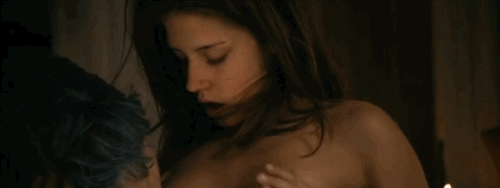
A wrenching incident in which Adèle’s friends gang up on her, accusing her of being a lesbian, makes her relationship with Emma an even more welcome escape. A relationship with a boy gives her no pleasure, and when she exchanges glances with the confident, slightly older, blue-haired Emma walking by on the street, her fate is sealed. The story opens with Adèle in her teenage years-a time when she discovers a heady love for literature but is troubled by a nagging feeling that she doesn’t fit in. His fascination and familiarity with the world of pedagogy, as shown here in Adèle’s touching reverence for teaching, is another notable characteristic. As in Kechiche’s earlier work, social class, and the divisions it creates, are a vital thread he even changed the first name of the story’s passionate protagonist from Clémentine to that of his actress, partly because it means “justice” in Arabic. Loosely based on a moodily romantic graphic novel that its author, Julie Maroh, began writing when she was still a teenager, the film has rather scattered ambitions, some of which pay off better than others. And yet the scene, which also marks a turning point in the central relationship, falters when some of Emma’s supposedly sophisticated friends make eager remarks about art and female sexuality that seem to mirror the director’s problematic approach toward the representation of women.īy now the controversies associated with the film-including Kechiche’s on-again, off-again rifts with his two stellar actresses, partly over a lengthy and explicit sex scene-have been well documented. As the evening wears on, Exarchopoulos conveys Adèle’s loneliness and awkwardness among an unfamiliar and older upper-class crowd with painful subtlety. Adèle (Adèle Exarchopoulos), a young schoolteacher who is feeling her way through early adulthood and her first serious love affair, has earnestly prepared a meal in honor of her artist girlfriend, Emma (Léa Seydoux).


There is a vivid party scene at the middle of Abdellatif Kechiche’s sprawling Palme d’Or winner Blue Is the Warmest Color (aka, in France, La Vie d’Adèle: Chapitres 1 et 2) that encapsulates some of the film’s strengths and weaknesses.


 0 kommentar(er)
0 kommentar(er)
